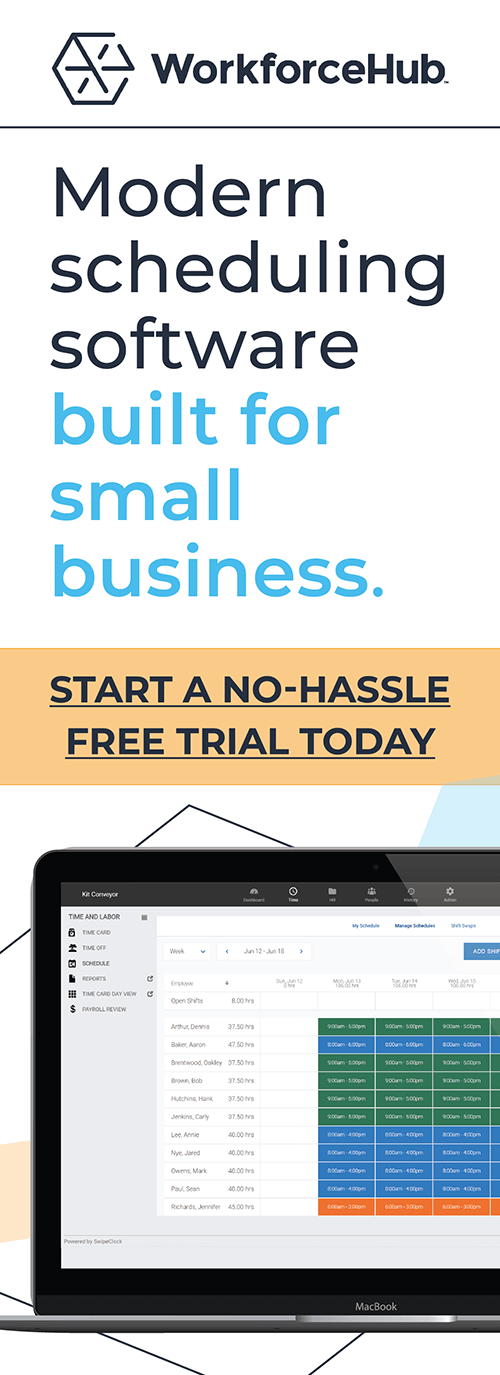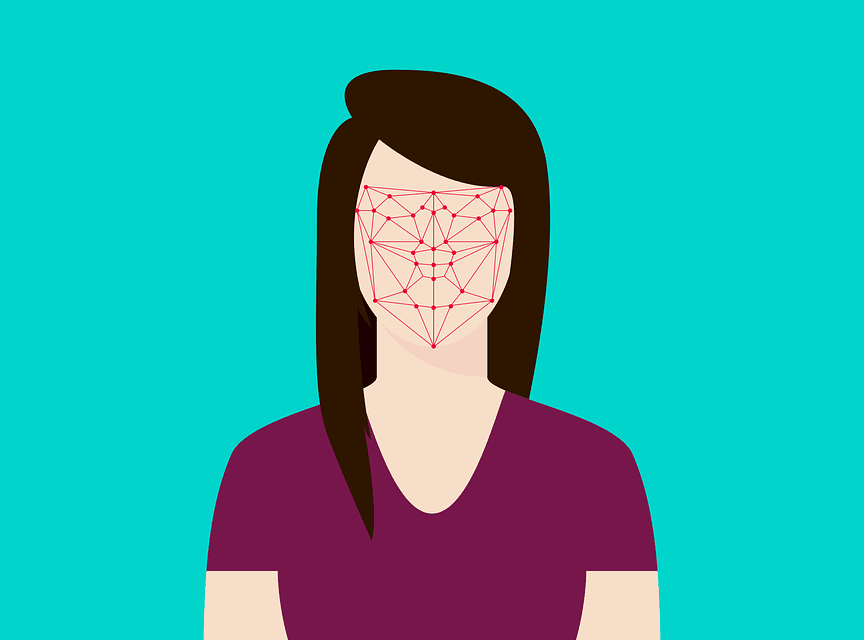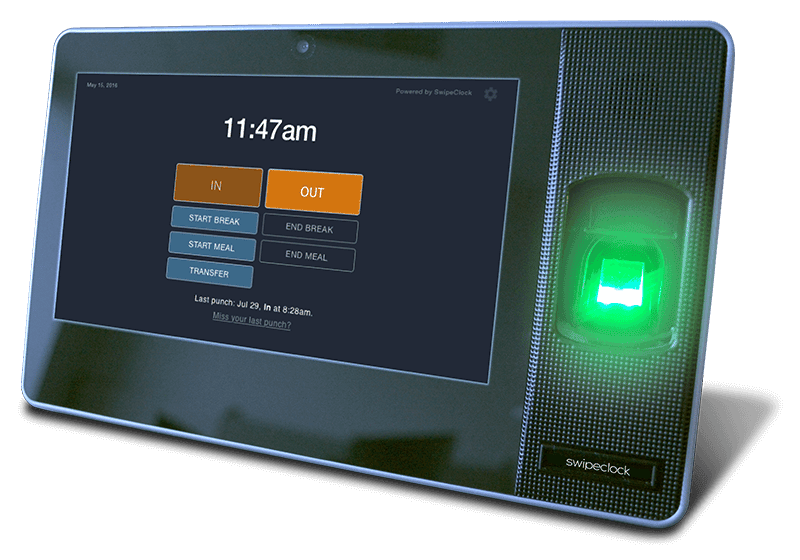The Employer’s Guide to Minimum Wage Laws: How to Avoid a Violation

Let’s talk about minimum wage laws.
What is a minimum wage law?
A minimum wage provision sets the lowest hourly rate an employer can pay employees who are covered by the law.
Are there federal and state minimum wage laws?
Yes. And they differ.
The current federal minimum wage is $7.25 per hour. It was enacted July 24, 2009.
29 states and the District of Columbia have minimum wage laws with a rate above the Federal level.
What is the most important thing to know about federal and state/local minimum laws?
When the laws differ, employers are obligated to pay the minimum wage that is most favorable to the employee. In other words, if your city passes a minimum wage of $14/hr, you can’t pay the employee the federal minimum wage of $7.25.
Who enforces the federal minimum wage?
The federal minimum wage law is contained in the Fair Labor Standards Act (FLSA). It is enforced by the Wage and Hour division of the U.S. Department of Labor.
What is the minimum wage for workers who receive tips?
You may pay a tipped employee not less than $2.13 an hour in direct wages as long as all three of the following conditions are met:
- If $2.13 per hour (or hourly rate above this) plus the tips earned equals at least the federal minimum wage
- The employee is allowed to keep all earned tips
- The employee customarily receives more than $30 a month in tips
- If an employee’s tips combined with their direct wages (at least $2.13/hr) do not equal the federal minimum wage, then the employer must make up the difference
Who is covered by the federal minimum wage law?
Most U.S. employees are covered by the minimum wage law:
- Employees of any business with gross annual sales or business done of at least $500,000
- Employees of any business that participates in interstate commerce
- Employees of federal, state, and local government agencies, hospitals and schools
- Most domestic workers
Are there exceptions to the federal minimum wage laws?
Yes. There are situations where the federal minimum wage doesn’t apply.
Young Worker Minimum Wage Exception
Employers may pay workers under the age of 20 of $4.25 per hour during their first 90 consecutive calendar days of employment, as long as their work does not displace other workers.
After 90 consecutive days of employment or the employee reaches 20 years of age, whichever comes first, the employee must receive a minimum wage of $7.25 per hour.
Full-Time Student Program Minimum Wage Exception
The Full-time Student Program applies to full-time students working in:
- Agriculture
- Retail or service stores
- Colleges and universities
Employers who hire full-time students can get a certificate from the Department of Labor. The certificate allows the employer to pay the student not less than 85% of the minimum wage. 85% of $7.25 is $6.16.
The Full-time Student Program limits the employment terms as follows:
- The student can’t work more than 8 hours per day
- The student can’t work more than 20 hours per week when school is in session
- The student can’t work more than 40 hours per week when school is not in session
Employers in the Full-time Student Program must follow all other child labor laws.
There is an exception for student learners who are enrolled in a high school shop program. They may be paid not less than 75% of minimum wage. There is an exception for workers with disabilities. Information can be found on the Department of Labor website.
How Wage and Hour Laws are Related
Workplace laws don’t exist in a vacuum. When you violate one law, you see a domino effect. Here is an example. Suppose you use paper time cards. One of your managers isn’t strict about employees recording their time. At the end of the pay period, she gathers the time cards and notices several missed punches.
She’s too busy to ask each employee when they worked. She estimates the shift times and fills them out. Then she sends the completed time cards to the payroll manager. When the checks are cut, a minimum wage employee gets a check that’s based on inaccurate hours. The manager had underestimated them. The employee had actually worked 43 hours that week but the time card listed 38.
At this point, you have violated both minimum wage and overtime. When you divide the check total by the time the employee actually worked, the hourly rate had fallen below minimum wage. Because the estimated hours were under 40, the employee didn’t receive time and a half for the 3 hours of overtime.
How Does an Automated Timekeeping System Simplify Compliance?
Business owners can reduce the risk of compliance violations by automating employee timekeeping. Automated timekeeping systems track employee time to the minute. They maintain accurate audit-ready time and attendance reports. These can safeguard you in case of a DOL dispute.
Employees clock in with a physical time clock (proximity card, keypunch, or biometric). The system collects the data and compiles time cards. Some systems track PTO and meals/breaks.
Mobile Timekeeping Access
Online timekeeping systems provide another significant advantage: mobile time tracking. With mobile access, you can check reports from anywhere. Employees can submit time sheets from any mobile device day or night. Managers can review and approve timesheets from a mobile phone.
Data Integrity From Punch to Paycheck
Timekeeping systems import data into your payroll system. Integrated payroll maintains the data integrity throughout the process. They eliminate manual data entry. Business owners with an automated timekeeping system are less likely to commit a minimum wage violation.
For information about affordable, easy-to-use automated timekeeping systems, visit WorkforceHub Time & Attendance.
Simplify HR management today.
Simplify HR management today.
The Importance of Facial Recognition Time Clocks for Small Businesses
Updated April 17, 2024 A facial recognition time clock is no longer a luxury. Advanced biometric clocks are a must-have for today’s workplaces. A facial recognition time clock is the best technology for tracking employee time. It solves a multitude of problems employers are facing with their workforces. What is a Facial Recognition Time Clock?…
Read MoreEmployee Time Clock Hardware: Which is the Best?
Updated April 9, 2024 What is employee time clock hardware? An employee time clock is a hardware device for tracking work time. To use it, employees ‘punch’ in/out or ‘clock’ in/out. The term ‘punch in’ stems from early employee time clock hardware that required a physical card. With a traditional mechanical time clock, the process…
Read More





